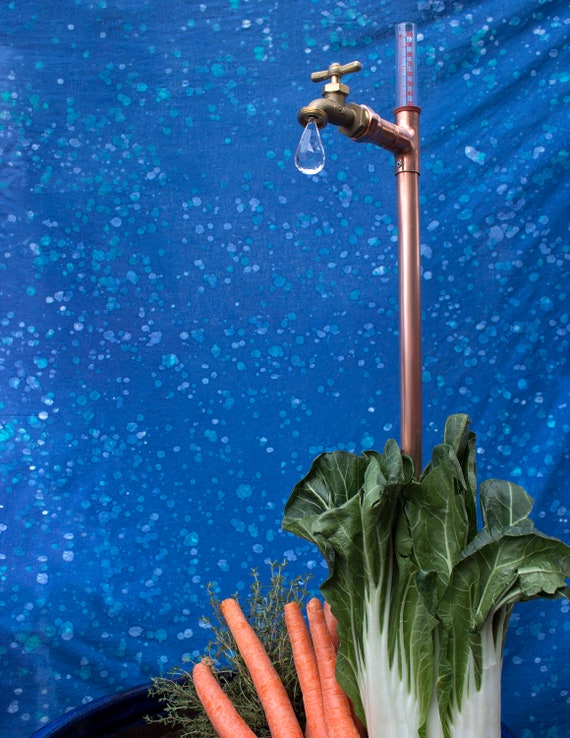The Rain Gauge: A Comprehensive Overview to Accurate Climate Dimension
The Rain Gauge: A Comprehensive Overview to Accurate Climate Dimension
Blog Article
DIY Rainfall Scale: Straightforward Steps to Make Your Own
Developing your very own Do it yourself rain scale is a basic and efficient method to tape-record and determine rainfall. With simply a few common materials and some basic steps, you can easily create your very own rainfall scale at home. Allow's obtain begun on making your Do it yourself rainfall scale today!
Gather Products
To begin creating your DIY rainfall gauge, collect all the necessary products using a detailed list of products. Having the right materials on hand will certainly ensure the successful production of your rainfall gauge and enable for exact dimensions of rainfall. Gathering these products ahead of time will certainly improve the building procedure and make sure that you have every little thing you need to produce your very own Do it yourself rain scale.
Prepare the Container

Mark the Measurement Increments
To accurately gauge the quantity of rainfall, properly noting the measurement increments on your do it yourself rainfall gauge is necessary. Without clear and exact markings, it would be tough to figure out the exact quantity of rainfall accumulated in your rain gauge. Below are the steps to note the measurement increments on your rainfall gauge.
First, choose the device of measurement that you intend to utilize. One of the most typical units for gauging rainfall are inches and millimeters. As soon as you have picked the system, make use of a long-term marker or water resistant paint to mark the increments on the side of your rainfall gauge. For inches, you can note every quarter inch or every half inch, relying on your preference. For millimeters, you can note every 10 millimeters or every 20 millimeters.
When noting the increments, it is essential to make certain that they are evenly spaced and clearly noticeable. Make use of a ruler or determining tape to make certain accuracy and consistency. Additionally, see to it that the markings are immune to fading or abrading, as exposure to the aspects may create them to wear away in time.
Location the Rainfall Scale Outdoors
The rainfall scale need to be put outdoors to precisely gather rainfall data. The helpful hints location picked for the rain gauge ought to be open and complimentary from any type of obstructions that could potentially affect the dimension of rains. The Rain Gauge.
In addition, it is critical to place the rainfall gauge on a stable surface, such as a degree ground or a strong post. This will prevent any kind of motion or tilting of the gauge, which could bring about imprecise dimensions. It is likewise recommended to avoid positioning the scale near any kind of sources of artificial water, such as sprinklers or drainage systems, as this might hinder the precision of the measurements.
Display and Record Rain Data
Routine monitoring and recording of rainfall data is vital for precise information analysis and interpretation. By keeping an eye on rainfall measurements, you can acquire beneficial understandings right into climate patterns, environment fads, and water source monitoring. To properly keep track of and tape rainfall information, it is very important to develop a regular and keep regular practices.
Firstly, guarantee that your rain scale is positioned in an open area away from challenges such as trees or buildings that may obstruct rains. Furthermore, see to it the rain gauge is level and securely secured to avoid any kind of activity that can affect the accuracy of the dimensions.

When tape-recording the rainfall information, here it is very important to keep in mind the day and time of each dimension. Make use of a leader or a gauging stick to determine the rainfall depth in the rainfall gauge, and record this information accurately.
To guarantee the precision of the dimensions, it is advised to clear the rainfall scale after each recording. This will certainly protect against any overflow or dissipation from influencing succeeding dimensions.
Final Thought
In final thought, developing a DIY rainfall scale is a practical and straightforward way to keep track of and record rainfall data (The Rain Gauge). By adhering to the steps described in this short article, you can quickly collect products, prepare the container, mark the measurement increments, and position the rainfall gauge outdoors. On a regular basis checking and taping rainfall information can give beneficial information for various purposes
Having the appropriate materials on hand will certainly ensure the successful creation of your rain gauge and permit for exact dimensions of rainfall.To properly gauge the amount of rainfall, precisely noting the measurement increments on your DIY rain scale is vital.The rain scale must be positioned outdoors to precisely gather rains data. The area chosen for the rainfall scale must be cost-free and open from any type of blockages that can potentially impact the measurement of rainfall.In final thought, producing have a peek here a DIY rainfall scale is a functional and straightforward way to check and tape-record rainfall data.
Report this page